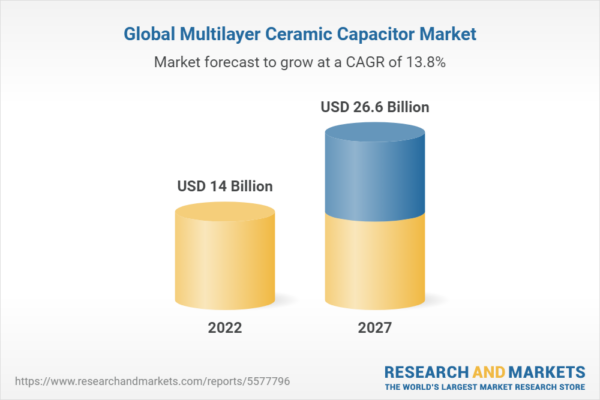Market Opportunity
VQ Research, Inc. (VQR) is applying additive printing technology to the manufacturing of passive components, a +$20 billion market that enables such products as smartphones, electric vehicles, pacemakers, computers, oil drilling platforms, and others.
VQR owns patented IP that includes 3D printing and inkjet techniques that will enable a revolution in the manufacturing of complex electronics (including passive components such as capacitors, inductors, resistors).
In the same way that additive manufacturing has revolutionized mechanical engineering, VQR’s additive methods offer the same latitude to electrical engineering. These advantages include rapid prototyping, design verification, facile customization, high performance refinement, and critical supply remediation. Moreover, the company can leverage these additive manufacturing methods to create custom shaped and featured components that leading companies need for the high-density packaging form factors required of next generation electronics.

